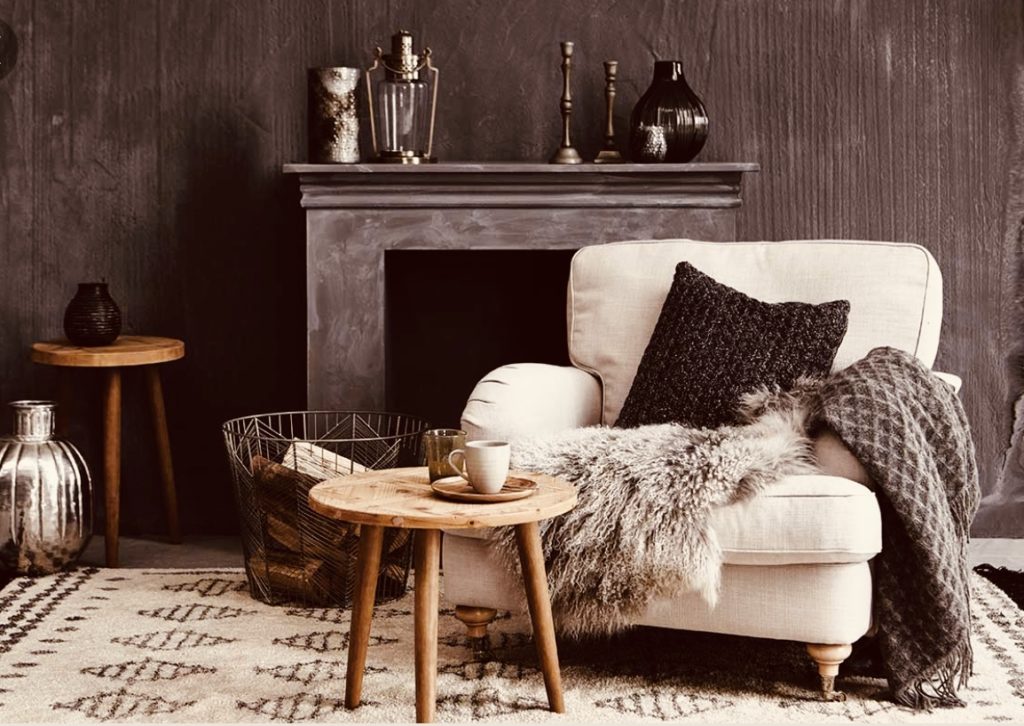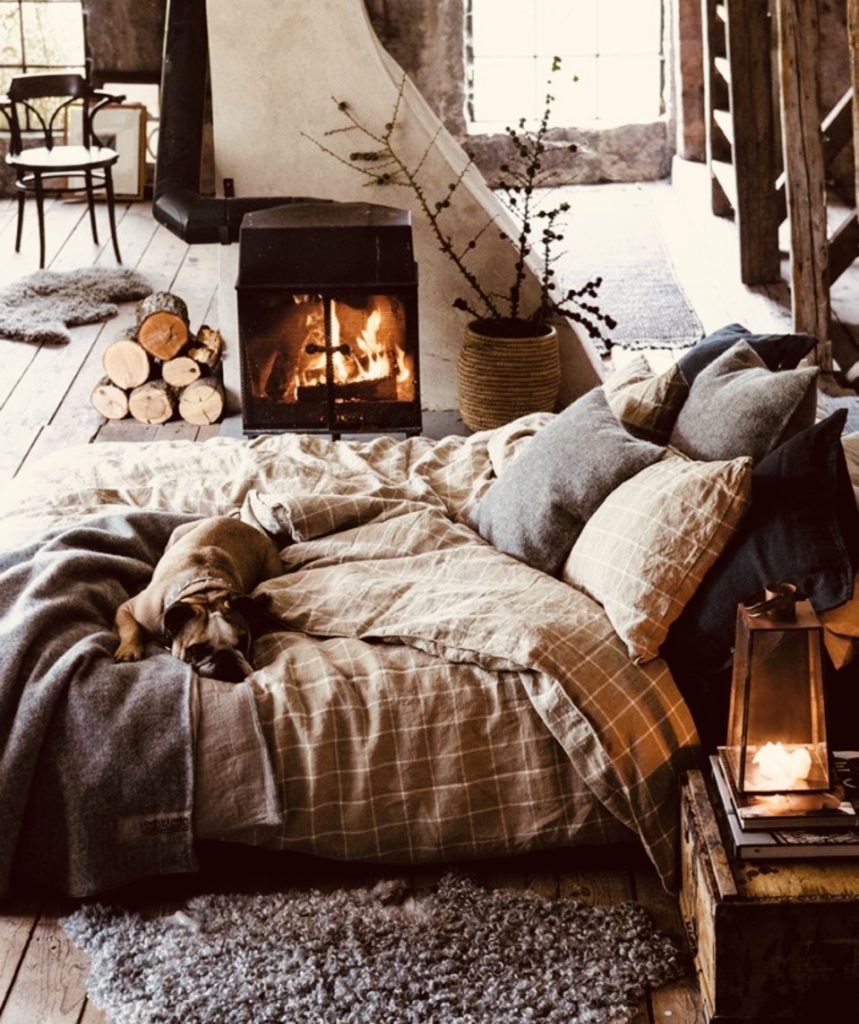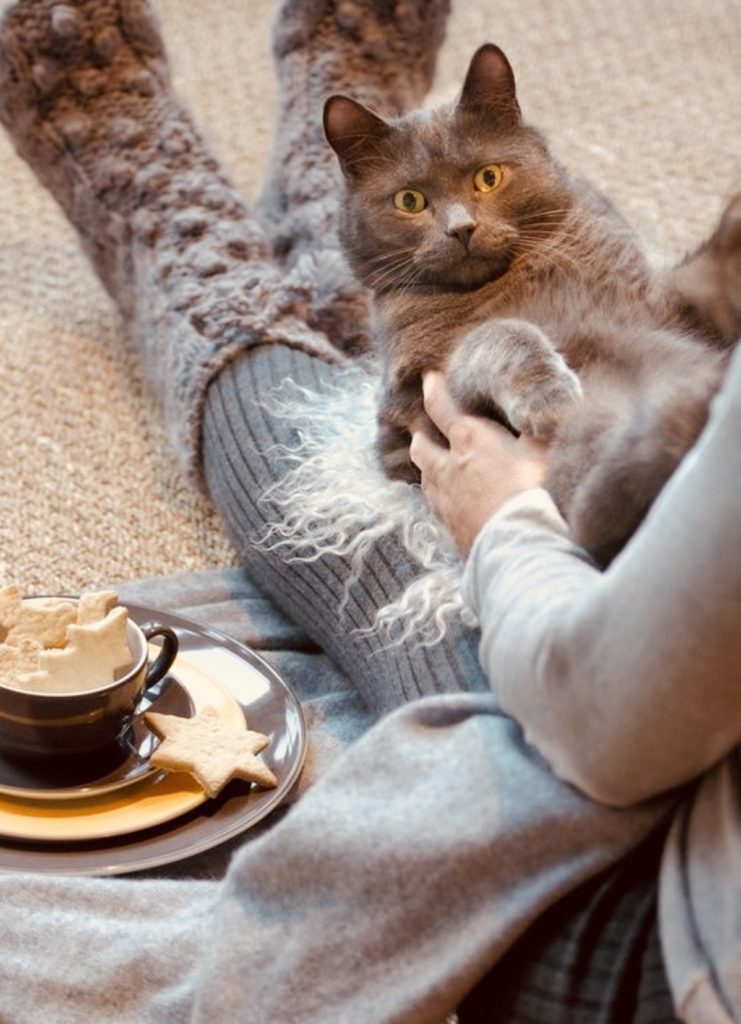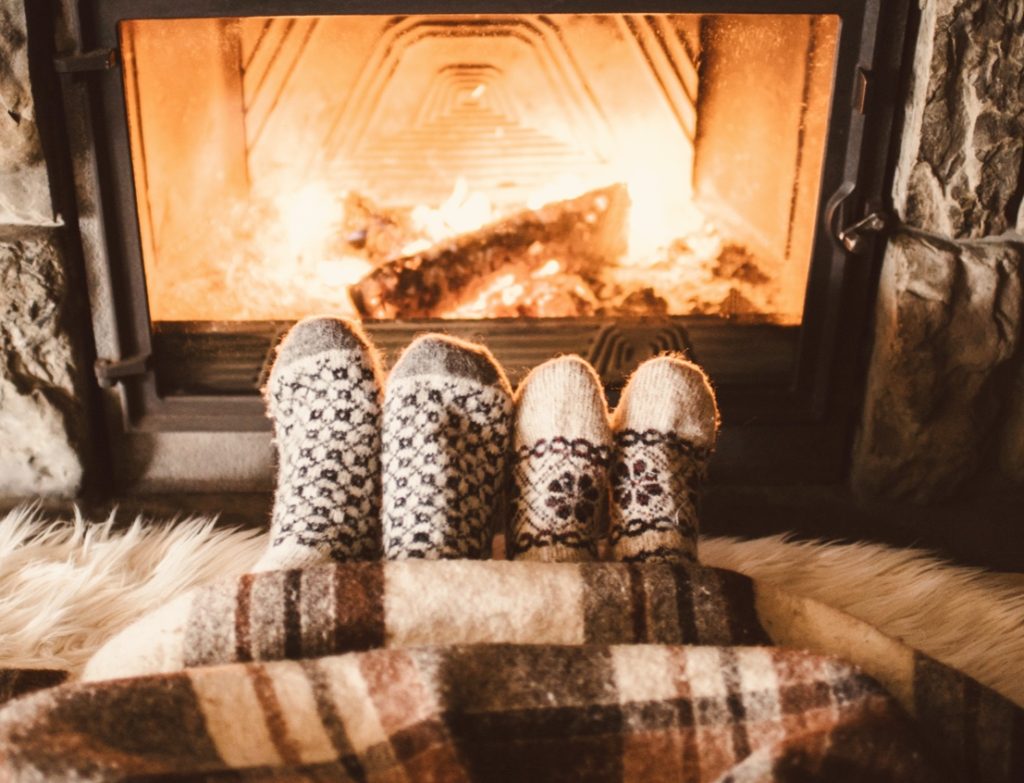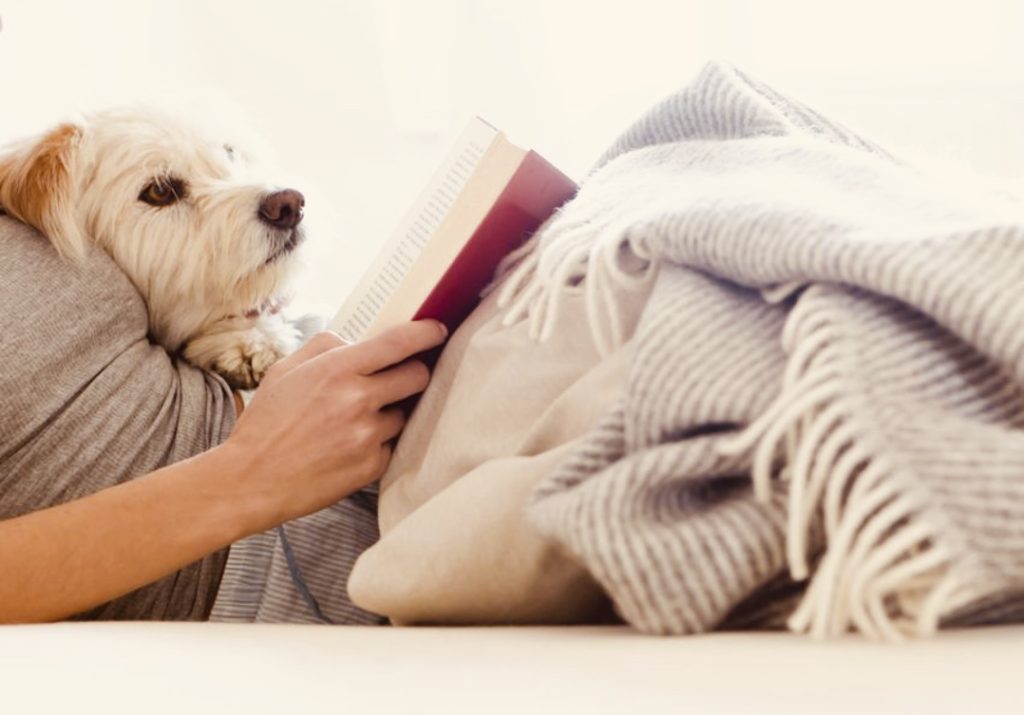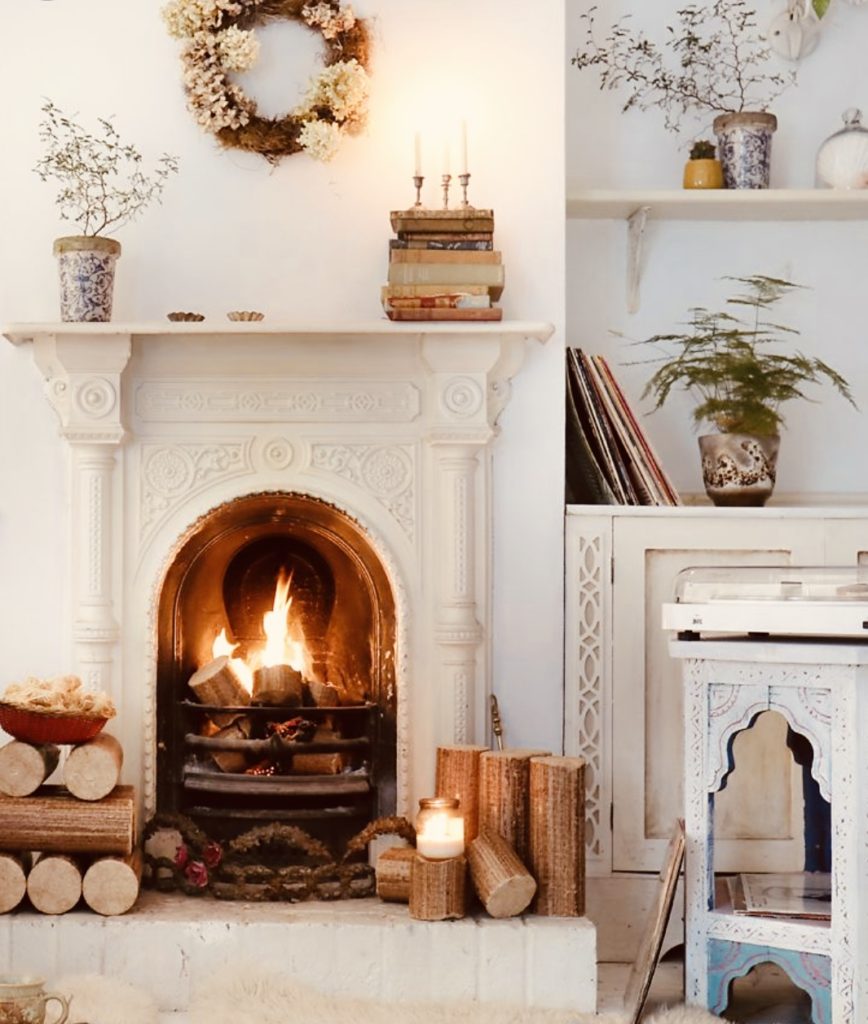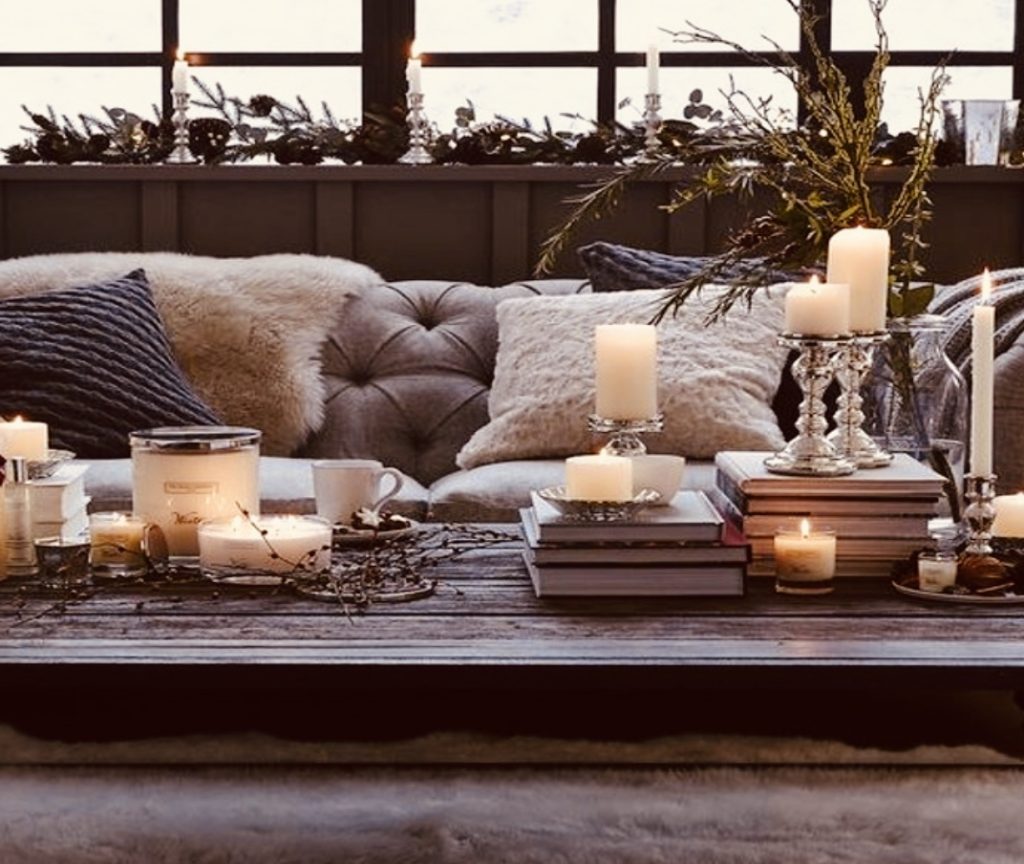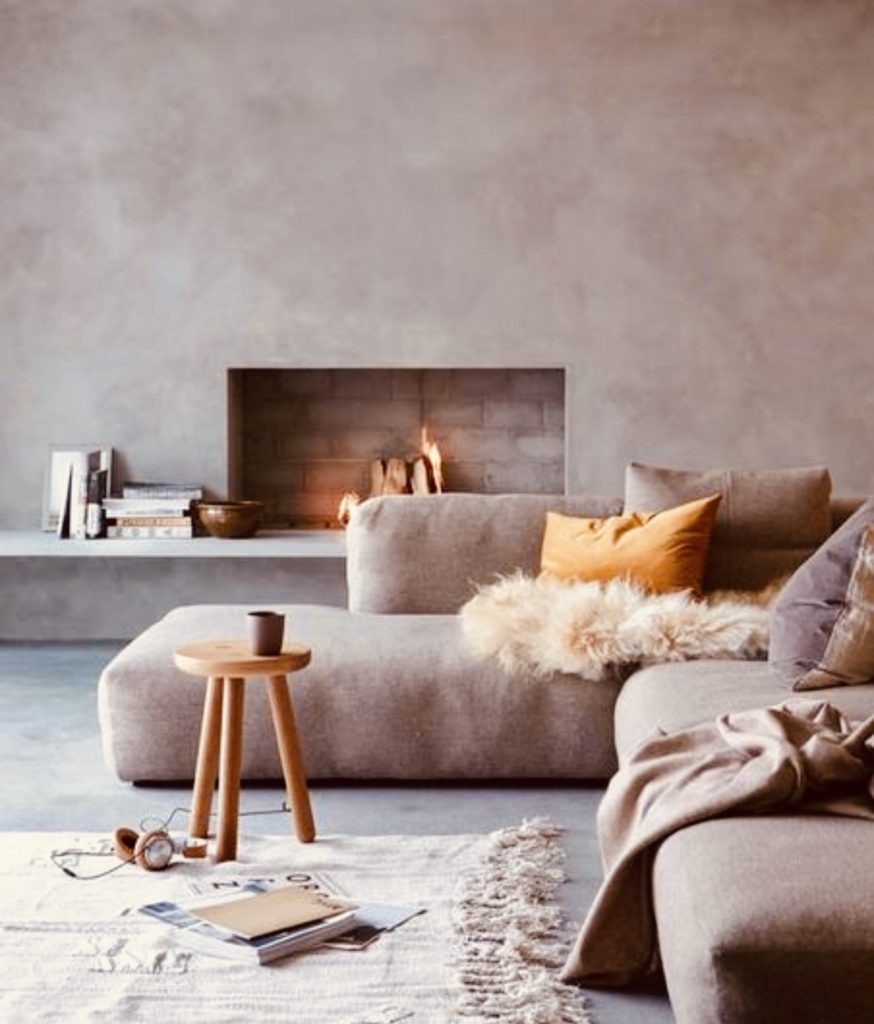Tapping into some Danish Inspiration about how to create a home environment filled with warmth, togetherness and security.
*This post is dedicated to my lovely Danish friend, Sacha who taught me her beautiful art of Hygge before I even knew there was such a thing. You inspire me!
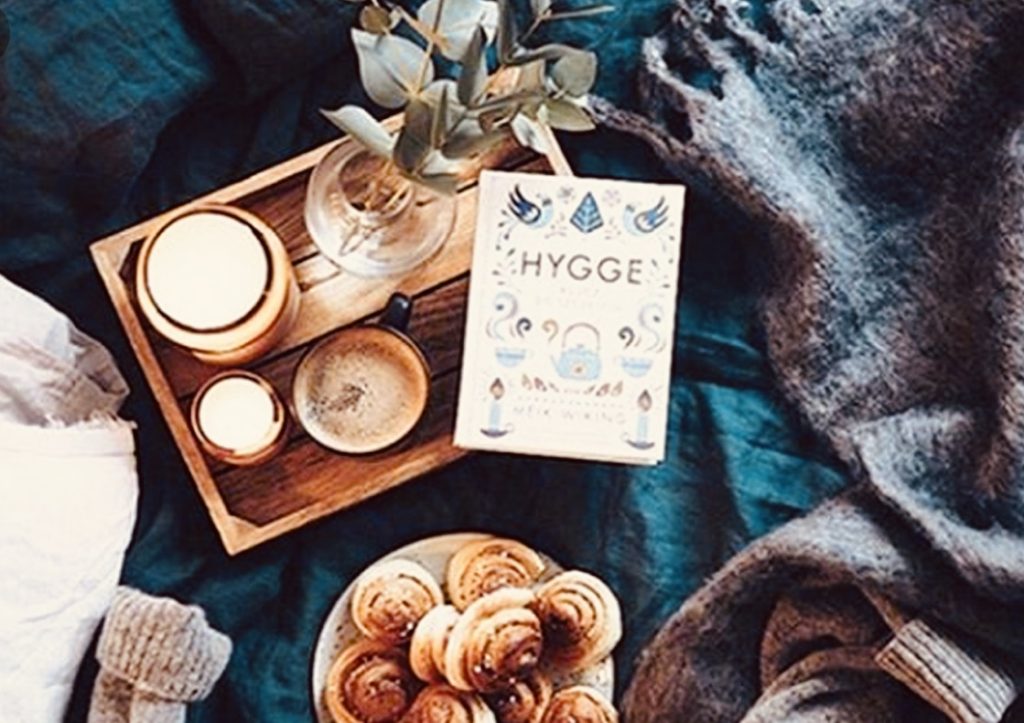
As I start packing to *move* (gulp…) to Paris, I ponder what makes a house feel like a real ‘home’. ‘Our’ furnished apartment is really lovely. We are incredibly lucky and I’m wondering how I can make it feel like our own without having chosen the furnishings, paint colors, art work or linens.
My sister in law gave me a book called ‘Hygge – The Danish Way To Live Well’, by Meik Wiking and as I read it, I realized the elements articulated made so much sense. In fact, the Danish ideas of living well resonated so much with me that I’m wondering if I might have to abandon my phrase about having been Italian in a former life in favor of claiming to be Danish. I definitely look more Scandanavian than Italian. And my risotto making skill is sufficiently lacking enough to raise doubt about any purported Italian heritage.
It appears, however, that most places in the world have similar ways they describe these ideal feelings of home. The Italians have ‘La Dolce Vita”, or ‘The Sweet Life’, which means enjoying all that life should be (and described by others as ‘the seven deadly sins’, which is fascinating food for thought, but I will leave that to the film students to dissect Frederico Fellini’s intentions in his 1960’s Italian drama that brought the expression into popular vernacular.)
The Dutch use the word ‘Gezelligheid’ to mean ‘cozy, quaint and social’. Norwegians use ‘Koselig’ to denote ‘warmth, intimacy and togetherness’. Wiking references that Canadians call our ideal spaces, ‘homey’. Wow!….aren’t we wildly creative and descriptive in our language skills!?! (Not….) Nevertheless the word ‘homey’ apparently conveys the idea of ‘authenticity, togetherness and warmth’. The German word, ‘Gemutlichkeit (with the umlaut over the u, which my keyboard is refusing to type…and no, it’s not me. I’m a tech genius as you all know. (Bahahaha…) Anyway, the German word refers to the ‘state of warmth, friendliness and belonging’. And so we see a trend about how an inviting home feels, in the parts of the world where we are lucky enough to mostly live without hardship.
So what do the Danes mean when they say ‘hygge’? Wiking says it’s described as:
-“the art of creating intimacy”
-“coziness of the soul”
-“the absence of annoyance” (which immediately prompted me to think this is exactly why we all generally loathe being solicited by people ringing our doorbell.)
-“taking pleasure from the presence of soothing things”
-“cozy togetherness”,
…and the very specific:
-“cocoa by candelight” (Here is a sentiment I can get well behind! Add a number of furry creatures (those with paws. I don’t mean men with beards. Sorry….) and some books and/or music and you’ve pretty much described my ideal scenario.)
What I love about the concept of Hygge is that is speaks to atmosphere and experience, rather than things. This is a big relief for me because if I can’t move everything plus the kitchen sink, it seems all hope is not lost!
In creating Hygge the desire is to elicit “the feeling that we are safe, that we are shielded from the world and we can let our guard down.” According to Wiking, Danes are also at the top of the Happiness Ranking on the World Happiness Report. To many this is a perplexing idea as the Danish experience horrific weather and some of the highest tax rates in the world. There is however a wide support for the welfare state. Danes don’t seem to resent high taxes, instead they see them as investments in society, that is to say they see taxes as being the purchase of quality of life. The Danish welfare model reduces risk, uncertainty and anxiety among its citizens and in so doing prevents extreme unhappiness.
I’m reminded of having heard the phrase that a family is only as happy as its least happy child (or family member.) Perhaps then this familial model can be expanded to the happiness/well being of a national population? ‘Hygge’ translates as ‘well-being’ and thus it makes sense there is a link between hygge and happiness.
But what do these happy Danes actually ‘do’ that makes them experience such high levels of well-being? Research reports that Danes, compared to other European nationals and to North Americans meet most often with their friends and family and they feel the calmest and most peaceful by comparison. Denmark has shorter work weeks than other nations do. Danes with children reportedly leave by 4 and those without children leave by 5. At 5:30, most offices are entirely deserted. Wow! And so now we see how/why they are able to enjoy so much togetherness with friends and family!
Danes work to be able to spend time with those they love. I wonder how accurate this reporting is? Many European nations seem to share the same workaholic tendencies that North America does. Denmark is geographically so close to other nations. I’m surprised their culture appears to remain so distinct but the proof seems to exist.
Workaholism tends to reward its devotees with higher incomes and despite most people knowing money doesn’t buy happiness, it does buy a lot of nice material things that people tend to equate with a preferable lifestyle. But a lifestyle filled with expensive things doesn’t seem to be on the Danish wish-list of well-being. So what is?
How do the Danes create Hygge in their homes and workplaces and restaurants and shops?
You might be surprised.
Turns out that candles top the list. The American Ambassador to Denmark at the time said the Danes have an insane love affair with candlelight. “I mean it is not just in the living room! It is everywhere! In your classrooms, in your boardrooms. As an American, you think, ‘Ah! – Fire Hazard!!’, but it’s a kind of emotional coziness.”
This isn’t so shocking really. Even North Americans have clued in and are readily installing dimmer switches in their homes. “Mood Lighting” is the term we call it and we know it makes everyone feel calmer and happier. And perhaps as North Americans we might be one step ahead on this because it turns out candles actually shed more particles indoors than cigarettes or cooking. Even though Danes are very much into being healthy, natural and environmentally conscious, (having adopted organic foods before the rest of the world), they eschew worries over the risk of particulates into their air, such is their obsession with authentic candlelight.
‘Hygge’ reminds me of the way many people I know use the term ‘uber’, (the german pre-fix meaning ‘super’, not the car service replacing taxis.) Hygge is a verb and placed with another word, it becomes a noun. Here are some great examples which go a long way to describing the Hygge* concept:
-‘Fredagshygge’ = Friday night hygge, usually family time, cozied together on the couch watching tv, or playing a board game.
-‘Sondagshygge’ = Sunday hygge, meaning a slow day with tea, books, music and blankets and perhaps a walk for the very energetic.
*Hygge is pronounced “hoo-ga” which only makes the whole concept even better! Sunday hygge is thus pronouced ‘Sonda-shooga’ which just contributes to conveying the concept of the Danish Sunday chill vibe.
Here are some other good ones:
-‘Hyggebukser’ (hooga-buk-sr) : your favorite (likely hideous) comfy lounge/PJ pants.
-‘Hyggeonkel’ (hoo-gunkel) : the lenient uncle who favors fun over good behavior. He is the Danish version of what my brother calls ‘the funcle’ (fun uncle.)
-‘Hyggestund’ (hooga-stun) : a moment of hygge
-‘Uhyggelit’ (ew-hooga-lit) : when something is un-hygge like, such as the scary feeling of walking alone down a dark street.
I’ve backtracked a bit into the word, its derivation and its meaning(s), so now how do the Danes actually create Hygge? Wiking breaks the concept into points:
- Atmosphere (soft lighting…yup…candles, fireplaces…)
- Presence (as in being present without distractions of screens etc.)
- Pleasure (things that create warmth and comfort and satiety and pleasure like blankets, a fireplace, warm drinks, comfort food, pets, sweet treats (the Danes have a superhero they call ‘cake-man’ which illustrates their love of cake.)
- Equality (‘we’ over ‘me’….and now I’m seeing how the concepts of Hygge and ‘family togetherness’ can co-exist, wink wink…)
- Gratitude (being thankful for all we are so lucky to enjoy now.)
- Harmony (selflessness and lack of personal ego in conversation.)
- Comfort (not sure how this differs from pleasure but Wiking’s suggestion is to create a relaxing environment. I would argue that comfort is the result of having all the other elements in place, but what do I know?….not much, AND I’m not Danish..)
- Truce (no drama which again I would say is the same thing as Harmony, but refer to point 7…)
- Togetherness
- Shelter (This makes me think of the concept of the ‘small spaces’ architect, Susan Susanka talks about when she says how important it is to create ‘shelter around activity’ which references the human desire to be cocooned, safe and cozy in a warm little area of space.)
Where Hygge resides, people hopefully feel relaxed, warm, open, close to others, un-threatened, comfortable, snug and welcomed. These feelings can also be used to describe the feelings when someone is given a hug. Hygge comes from the ancient Norwegian word for ‘hug’, so I suppose a space should feel like it’s giving its inhabitants a warm hug.
Wiking gives suggestions of specific things a Hygge-hus (thats my own creation there; ‘hus’ is house in Danish) might have:
- Treats (a jar of candy. I am anti-candy so this is a tough one for me. But hygge is meant to be harmonious and judgment-free so there’s that….groan 😉.)
- Smell of fresh baked goods. (A dear friend is coming to Paris to visit me and we have planned to take a bread making class. This is a social activity in a warm toasty kitchen that takes a lot of time to create and as such seems ‘uber-hygge’ to me. (See what I did there?…)
- Slow/Comfort foods (that take all day to cook and need loving care all day. This might not be hugely practical on a daily basis but I roast tomatoes with balsamic and garlic cloves and make it into a very simple soup and served with artisan bread, it is one of my kids’ favorite meals so I definitely recognize the value of lovingly making food for people we nourish.)
- Hot drinks (which given my love of my morning hot chocolate, which, yes, i know it’s basically a liquid chocolate bar and chocolate is candy and I am supposedly not a fan of candy. I know it makes no sense. I’m an enigma, what can I say?) Anyway, it makes me think that of top priority once I arrive in Paris will be to get a milk frother so I can make Hot Chocolate and London Fogs. I guess I should also get a Nespresso machine so I can offer guests a ‘Nespressahooga’, hehehe. (I’ve written it as its pronounced because it’s more fun that way.) As an aside, the Danes apparently drink more coffee than any other nation so if Nespresso machines are sold there and Nespresso is not yet capitalizing on this term, I think they have missed a valuable marketing opportunity. Just saying…)
- Candles….duh…
- Music…ditto
- Books…obvi
- Warmth (its hard to get your ‘hooga’ happening when you are cold or uncomfortable, so lots of blankets and cushions.)
- Pets (yup….I wish I could bring our beloved feline to Paris but he will get lost because he doesn’t speak French and he won’t learn a new language he informed me because leopards don’t change their spots.)
- Natural materials: leather, fur, woollens, wood, ceramics, plants. (At first I was surprised by the omission of ‘flowers’ which I always think goes an enormous way to making a space feel inviting but fresh flowers in the dead of a Danish winter would be very expensive and I love that instead there is attention to other equally lovely and more readily available natural elements like twigs and branches and pinecones and green boughs.)
- Vintage items (France is full of markets so I’m sure I will find some beautiful old jugs or linens.)
- Alcohol (Further endorsement for popping corks!! Bring on the bubbles!!!! And where better to enjoy bubbles, than in France?!?
On that note, Cheers to you, my friends!!! 🥂✨ I hope you enjoyed a hyggelig Canada Day long weekend! 🇨🇦❤️ Below are some hoogalicious images I found. I love this concept can reside just as happily in a rustic cabin as a stylish chic interior. It just goes to show home is really where the heart (and the art) is.
